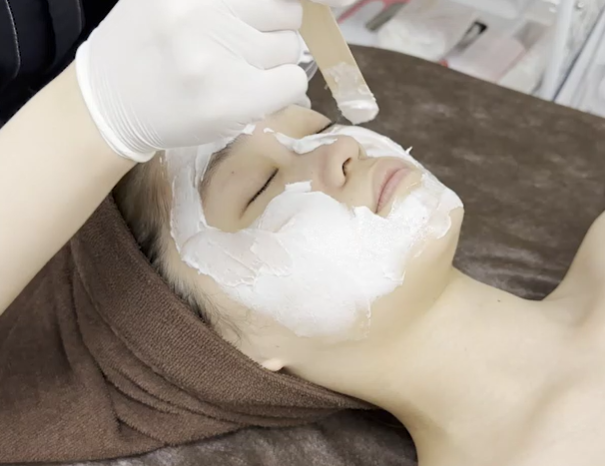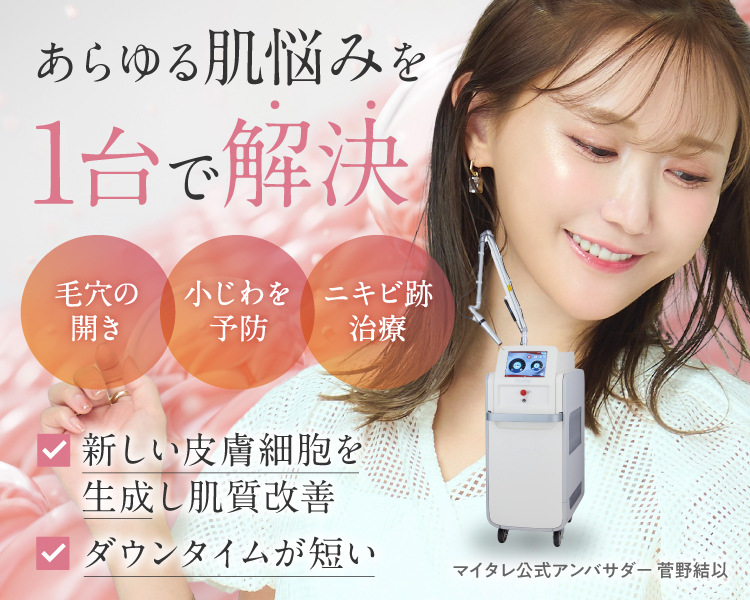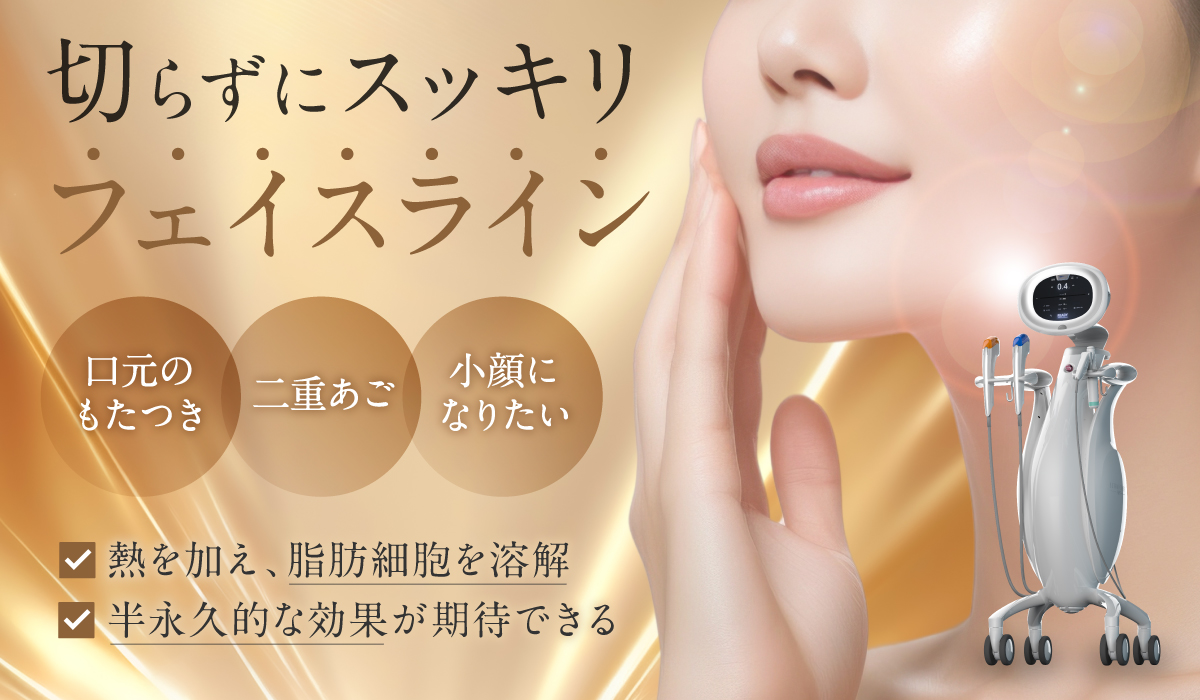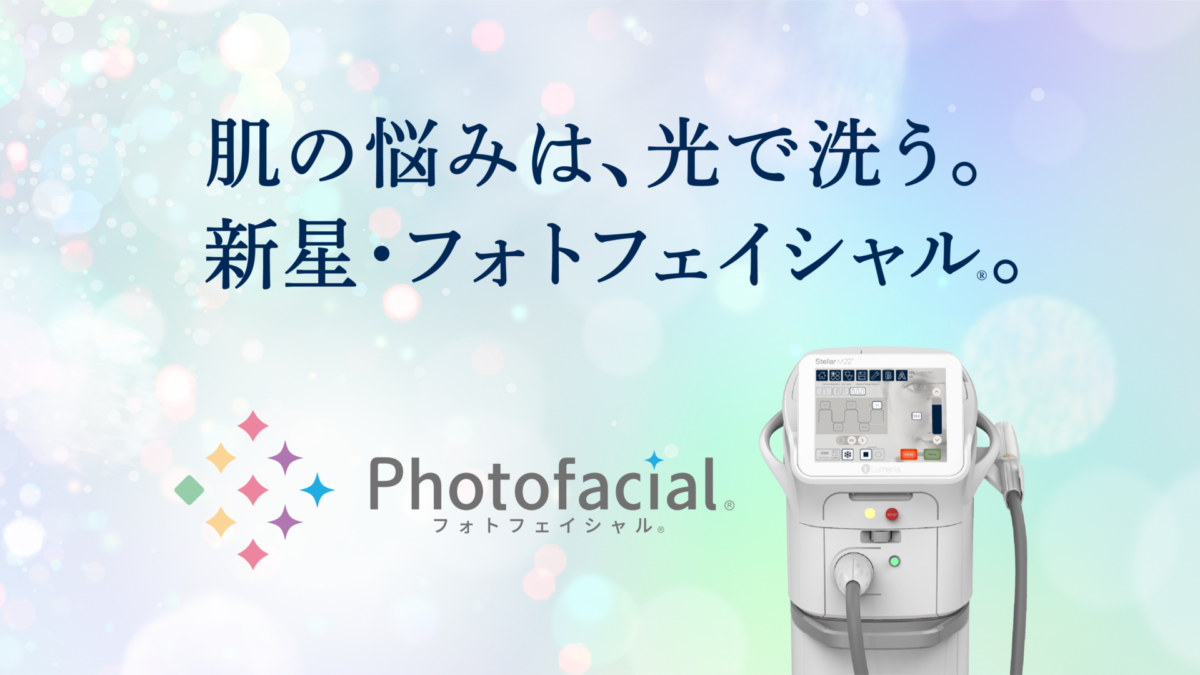We offer two types of anesthesia at our clinic: topical anesthesia and nitrous oxide anesthesia. The choice of anesthesia depends on the procedure and the area being treated.
Topical Anesthesia
Topical anesthesia involves applying a cream-based anesthetic to the area.
We have two types of topical anesthesia at our clinic: one is a cream applied directly, and the other involves applying a tape over the affected area. The taped type is mainly used for insurance-covered treatments, while the cream-based anesthesia is used for private treatments.
For the treatment area, we apply the cream and cover it with plastic wrap or a similar material for about 20 to 30 minutes.
Afterward, the anesthesia is wiped off or removed by washing the area.
Topical anesthesia numbs the sensation on the surface of the skin where it is applied. It does not affect areas beyond where it is applied, so for facial treatments, patients remain conscious and without numbness in other parts of the body.
The effects typically last for about 2 to 3 hours, during which the skin may remain numb or feel slightly uncomfortable after the procedure.
One advantage is that it can pinpoint numbness to specific treatment areas. However, individuals allergic to agents like lidocaine may experience allergic reactions and should avoid its use.
Topical anesthesia is mainly used for procedures such as Dermapen treatments, CO2 laser treatments, and hair removal on smaller facial areas.
Especially for Dermapen treatments, which involve needles directly penetrating the skin and may cause considerable discomfort depending on the depth of the needles, most of our patients opt for topical anesthesia concurrently.

Nitrous Oxide Anesthesia
Nitrous oxide anesthesia involves inhaling a gas called nitrous oxide, which has sedative and analgesic properties.
A nosepiece is placed over the patient’s nose for inhalation. It induces a relaxed state and reduces the perception of pain throughout the body.
The feeling is akin to the light-headedness one might experience after consuming alcohol, creating a mildly euphoric sensation.
Unlike topical anesthesia, nitrous oxide anesthesia takes effect immediately after inhalation, and patients recover quickly after the procedure.
The effects wear off within about 2 minutes after stopping inhalation of the gas.
Unlike medications that are metabolized by the liver and may burden the body, nitrous oxide used in nitrous oxide anesthesia is not metabolized but rather exhaled from the body, posing minimal strain on the lungs and heart with few side effects.
It is considered safe, even for pediatric dental treatments, but is not suitable for patients with respiratory conditions like asthma or those unable to breathe through the nose due to nasal congestion or diseases.
Other contraindications include a history of epilepsy, obstructive conditions in the lungs or intestines, middle ear diseases like otitis media, glaucoma, and pregnancy or lactation.
Unlike general anesthesia, which induces complete unconsciousness, patients under nitrous oxide anesthesia can respond to instructions from nurses or doctors. However, they may experience a foggy consciousness and drowsiness.
It is recommended for those who fear pain and tend to tense up, as it helps relax the entire body.
Unlike topical anesthesia, which only numbs the treated area and may leave discomfort afterward, nitrous oxide anesthesia does not cause lingering discomfort and provides strong relaxation effects.
Some patients may perceive a faint sweet aroma from the nitrous oxide gas, enhancing their mood and preference for nitrous oxide anesthesia.
Nitrous oxide anesthesia is primarily used for full-body hair removal and laser treatments.
Advantages of Anesthesia
Using anesthesia not only alleviates patient discomfort but also allows us to adjust the intensity of treatments like lasers and light therapies to suit each individual’s needs.
Severe pain may necessitate lowering treatment output, reducing its overall effectiveness. Therefore, for those anxious about pain, we recommend using anesthesia to maximize treatment results. In fact, most patients undergoing Dermapen treatments at our clinic receive topical anesthesia.
Anesthesia is often used for patients sensitive to pain during hair removal, especially for areas like VIO (bikini) or male facial hair removal.
At our clinic, we offer topical anesthesia (10g) for ¥3,300 and nitrous oxide anesthesia for ¥5,500 as options.
If you are unsure which anesthesia to choose, topical anesthesia cream is recommended for those who may be resistant to inhaling gas, prefer lower costs, or require anesthesia for specific, smaller treatment areas.
Nitrous oxide anesthesia is recommended for those seeking relaxation during extensive treatments or those with limited time.
Our clinic not only offers consultation on treatments but also guidance on which anesthesia option would be best for you, with advice from our doctors and counselors. Please feel free to consult with us.









